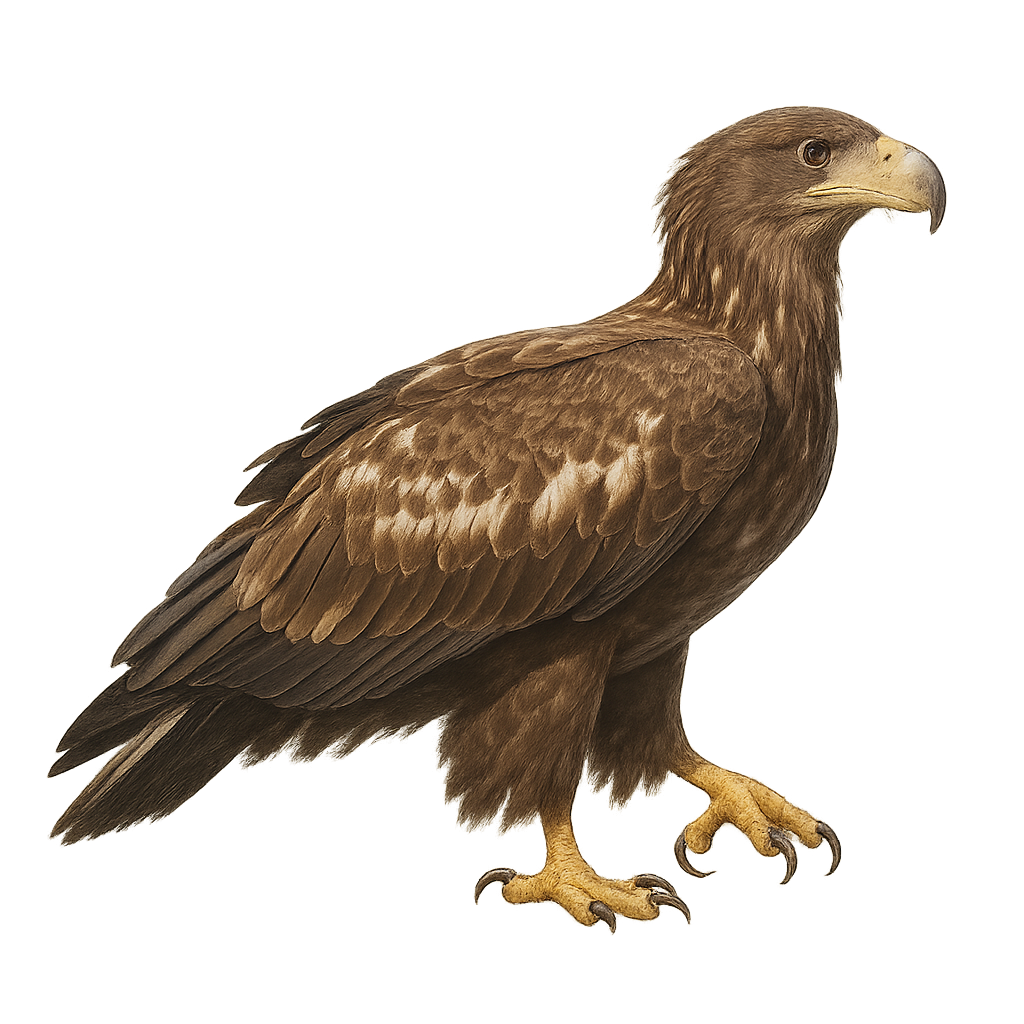Your wildlife photography guide.
Explore the white-tailed eagle in detail, study its behavior, prepare your shots.
Where to observe and photograph the white-tailed eagle in the wild
Learn where and when to spot the white-tailed eagle in the wild, how to identify the species based on distinctive features, and what natural environments it inhabits. The WildlifePhotographer app offers tailored photography tips that reflect the white-tailed eagle’s behavior, helping you capture better wildlife images. Explore the full species profile for key information including description, habitat, active periods, and approach techniques.
White-tailed Pyguargue
Scientific name: Haliaeetus albicilla

IUCN Status: Least Concern
Family: ACCIPITRIDAE
Group: Birds
Sensitivity to human approach: Suspicious
Minimum approach distance: 50 m
Courtship display: January to March
Incubation: 38-42 jours
Hatchings: February to April
Habitat:
Forests and mountains
Activity period :
Primarily active during the day, with peak activity in the morning and late afternoon.
Identification and description:
The White-tailed Eagle is a large raptor primarily found in Eastern Europe, Northern Asia, and some regions of Central Asia. It measures about 70 to 90 cm in length, with a wingspan of 1.8 to 2.3 meters, and weighs between 3 and 6 kg. Its plumage is primarily brown with a distinctive white head and tail. The White-tailed Eagle is an excellent fisherman, primarily feeding on fish, but it also hunts birds, small mammals, and scavenges carrion. It primarily inhabits areas near bodies of water such as lakes, rivers, and estuaries. While its population has been growing in some areas due to conservation efforts, this species remains vulnerable to habitat loss, water pollution, and human disturbances.
Recommended lens:
300 mm – adjust based on distance, desired framing (portrait or habitat), and approach conditions.
Photography tips:
Use a telephoto lens to photograph from a distance, respecting the discreet nature of the species.
Photograph early in the morning or late in the afternoon, when the soft light highlights the brown plumage with the lighter head and neck of the White-tailed Eagle.
Look for it near aquatic environments, such as coastal areas, rivers, or lakes, where it primarily feeds on fish, aquatic birds, and small mammals.
Be patient and discreet to avoid disturbing its natural behavior. Avoid sudden movements and maintain silence.
The White-tailed Eagle is a protected species in France, classified as critically endangered, with fewer than 30 individuals recorded in the territory. It is essential to respect its environment and minimize disturbances, especially during the breeding season.
The WildlifePhotographer App is coming soon!
Be the first to explore the best nature spots, track rutting seasons, log your observations, and observe more wildlife.
Already 1 430 wildlife lovers subscribed worldwide

